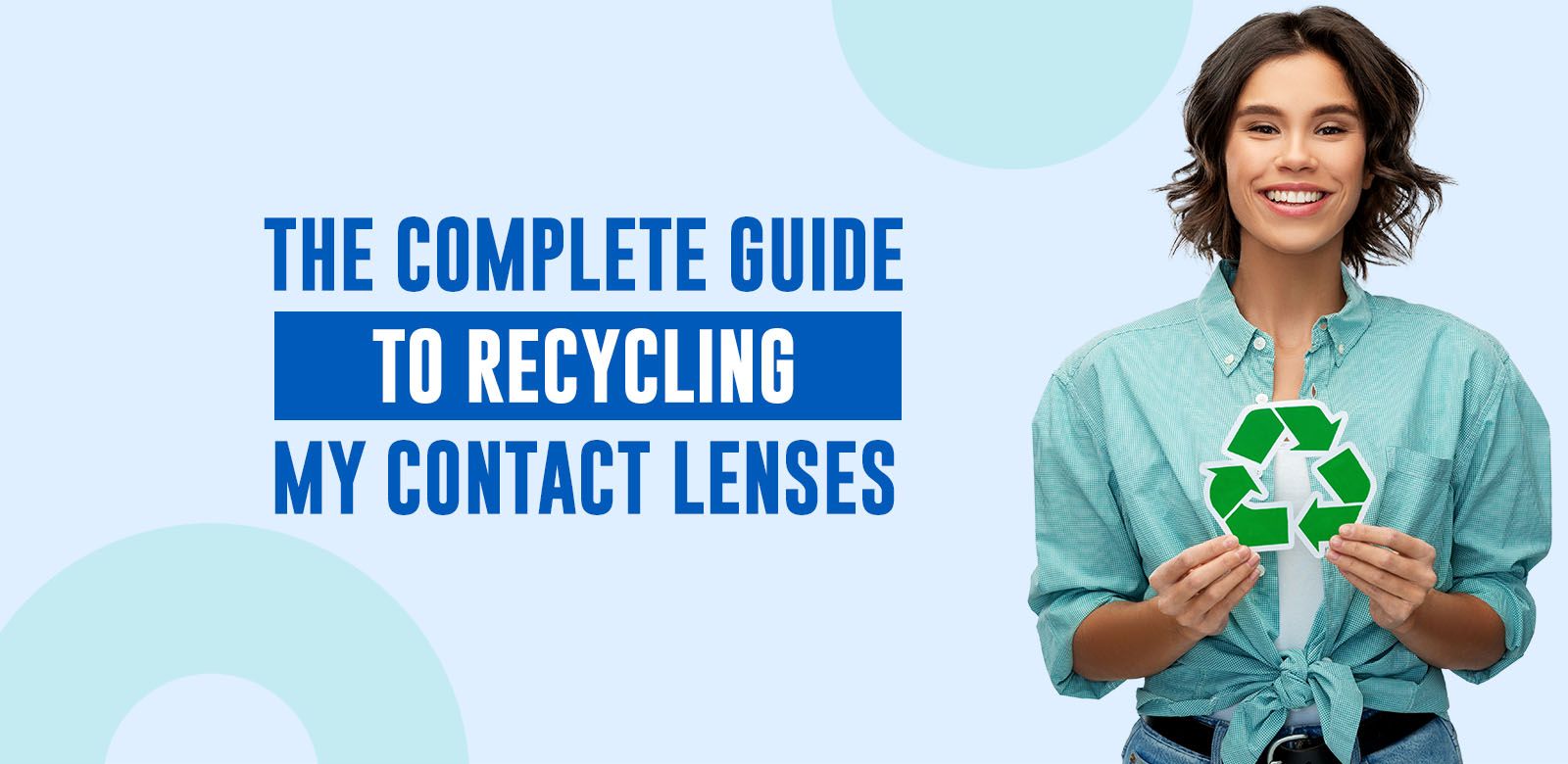

Do you wear contact lenses and wonder how to manage the waste they generate? In this article, we guide you on how to adopt simple and eco-friendly practices.
How to recycle contact lens waste?
A 2018 study published in the Environmental Science & Technology journal revealed that 15 to 20% of contact lens wearers in the United States dispose of their lenses by flushing them down the toilet or sink, leading to significant wastewater pollution. This is largely due to a lack of awareness about proper waste sorting and disposal.
To address this issue, here is a guide to help you understand how to handle each of these elements:
- 1. Used contact lenses
The first rule is to never flush them down the toilet or sink. They should be disposed of in the rubbish, and nowhere else. You might think they would break down in water, but that’s not the case.
They’re made with advanced materials that aren’t designed to dissolve in water. By tossing them in your sink, you risk letting them pass through filtration systems and polluting rivers and oceans.
- 2. Blister packs
The blister packs (the small plastic cups where your lenses are stored) are generally made of plastic. They should also be disposed of in the rubbish.
- 3. Aluminium foils
Although they’re mostly made of aluminium, you should throw them in the trash. These items are far too small to be recycled.
- 4. Cardboard boxes and instruction guides
These items are made entirely of paper and cardboard, so they’re fully recyclable in the paper and cardboard bin.
To optimise the recycling process, flatten them to take up less space.
The solution to reduce your environmental impact
Choosing reusable lenses
Another way to reduce your environmental impact is to switch from single-use lenses to reusable ones, such as monthly or bi-weekly lenses.
These require less packaging and generate less plastic waste over time. By using a pair for an extended period of 14 to 30 days, you significantly reduce the amount of waste produced.
Sorting your contact lens waste is a simple yet essential step to protect our planet. By adopting more sustainable habits, you can greatly reduce your environmental impact.





